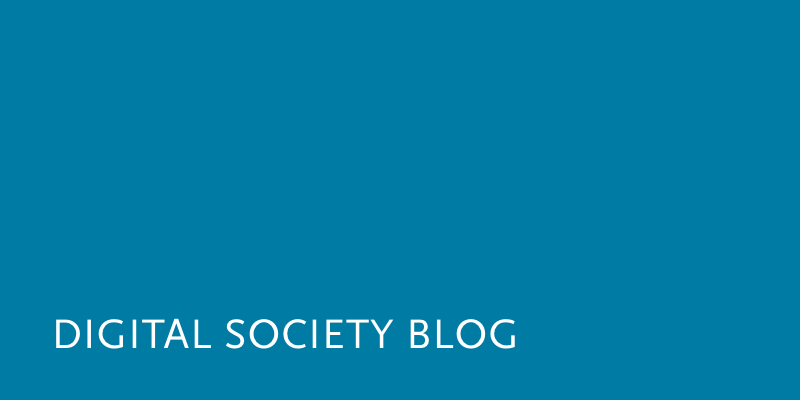Making sense of our connected world

Arguing with chilling effects
Here at irregular intervals we will publish short articles about the doctoral theses that were written at HIIG. We begin with the doctoral thesis “Der Abschreckungseffekt auf die Grundrechtsausübung – Strukturen eines verfassungsrechtlichen Arguments” by Julian Staben.
When it comes to finding the facts that they need to decide a case in front of them, courts are well-equipped. Whether it is interviewing witnesses or evaluating documents, courts have developed and refined several means of taking evidence. Yet, when it comes to more general social facts, there are no fitting instruments in the judicial toolbox. Chilling effects are deterrent side effects of laws or governmental and judicial decisions. They can be compared to the side effects of a medical treatment. For instance, when courts and parliaments regulate speech, it often has consequences on a supra-individual or even societal scale. How can courts account for these effects? More importantly, how are these facts gathered?
Social scientists are often bewildered when they discover the answer: judges negotiate with each other based on their personal assumptions about the world to reach a common factual basis for their ruling. Obviously, they can fall prey to arbitrariness and subjective bias in this process. This is the very reason why social science invented a methodology to describe the world. The thesis suggests testing any broader or societal judicial facts against a scale that moves from a mere plausibility threshold to sound theoretical and empirically reproducible evidence. There are four context-dependent criteria that should determine the requirements in a specific case: the general limits of measurability of the facts, the court’s resources at hand, the allocation of constitutional competencies for raising the facts between several bodies of state (parliament and courts) and the significance of the facts for the actual outcome of a decision. All in all, a court regularly needs to be at the top end of the aforementioned scale in order to base constitutional standards and tests upon presumed chilling effects.
Overall, the thesis examines how the Bundesverfassungsgericht (German Federal Constitutional Court) uses chilling effects as arguments and compares this with the jurisprudence of the US Supreme Court. Chilling effects follow distinct patterns when it comes to online behaviour and emerging digital practices, which calls for their constitutional reassessment. The work aims to enable a methodologically reflective use of these arguments in the judicial discourse.
The thesis was published under the German title “Der Abschreckungseffekt auf die Grundrechtsausübung – Strukturen eines verfassungsrechtlichen Arguments” with Mohr Siebeck in October 2016.
This post represents the view of the author and does not necessarily represent the view of the institute itself. For more information about the topics of these articles and associated research projects, please contact info@hiig.de.

You will receive our latest blog articles once a month in a newsletter.
Research issues in focus
The Human in the Loop in automated credit lending – Human expertise for greater fairness
How fair is automated credit lending? Where is human expertise essential?
Impactful by design: For digital entrepreneurs driven to create positive societal impact
How impact entrepreneurs can shape digital innovation to build technologies that create meaningful and lasting societal change.
Identifying bias, taking responsibility: Critical perspectives on AI and data quality in higher education
AI is changing higher education. This article explores the risks of bias and why we need a critical approach.




